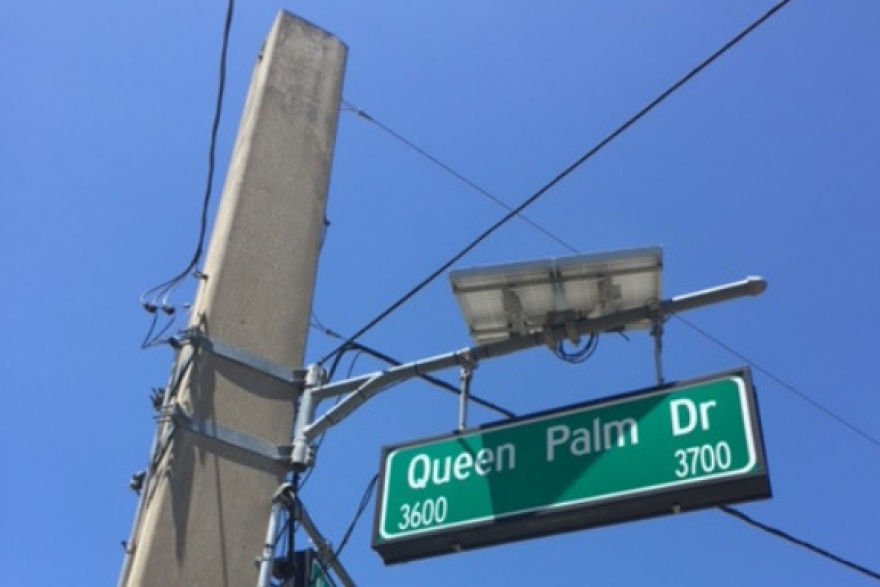When Hurricane Irma hit Florida in September of 2017, the resulting power outages were felt all across the bay area.
Of the more than 300 traffic signals maintained by Hillsborough County, 125 lost power, making it difficult for motorists to navigate.
In an effort to head off potential accidents after a major power outage, Hillsborough County Public Works is installing solar-powered signal systems at all of its intersections.
Right now, when the power goes out at an intersection, traffic lights switch to a backup battery. But once that runs out, sometimes in as little as eight hours, the intersection goes completely dark.
“We had dark intersections and near-misses where people were just driving down the road and didn't know there was an intersection approaching,” said Robert Suess, Hillborough County’s Division Director of Transportation Maintenance.
Of the 316 intersections, the 40 that have been identified by the county as the busiest in the area, are scheduled for completion by October 2019. The remaining 276, Seuss said, are projected for completion by the end of 2020.

Though other backup sources like gas-powered generators were considered, the solar-powered systems were chosen because the county has used them in the past.
“We have experience with the solar flashers and we’re familiar with their performance because it’s the same product we use for school (crosswalk) flashers,” said Suess.
None of the school crosswalk flashers fell victim to power outages after Irma, according to the Hillsborough County website.
The full cost of the project comes in at about $3,160,000. Suess said the county plans to use a combination of sources to pay for the installations, possibly including the new county transportation tax, which was passed in 2018.
“We’re using operational funding for the first 40 deployments," said Suess. "The next deployment measure will be part of the safety measures for the transportation money that has been recently passed.”
There are more than 200 other Hillsborough County intersections with traffic lights that will not be included in the project. These intersections are owned by the Department of Transportation, and at this time, there is no plan for installing solar traffic signal systems.
“We’re deploying on our routes first," explained Suess. "We’re not asking the DOT for funding so I’m sure we’ll continue discussions with them and we’ll see how successful our deployment goes.”







